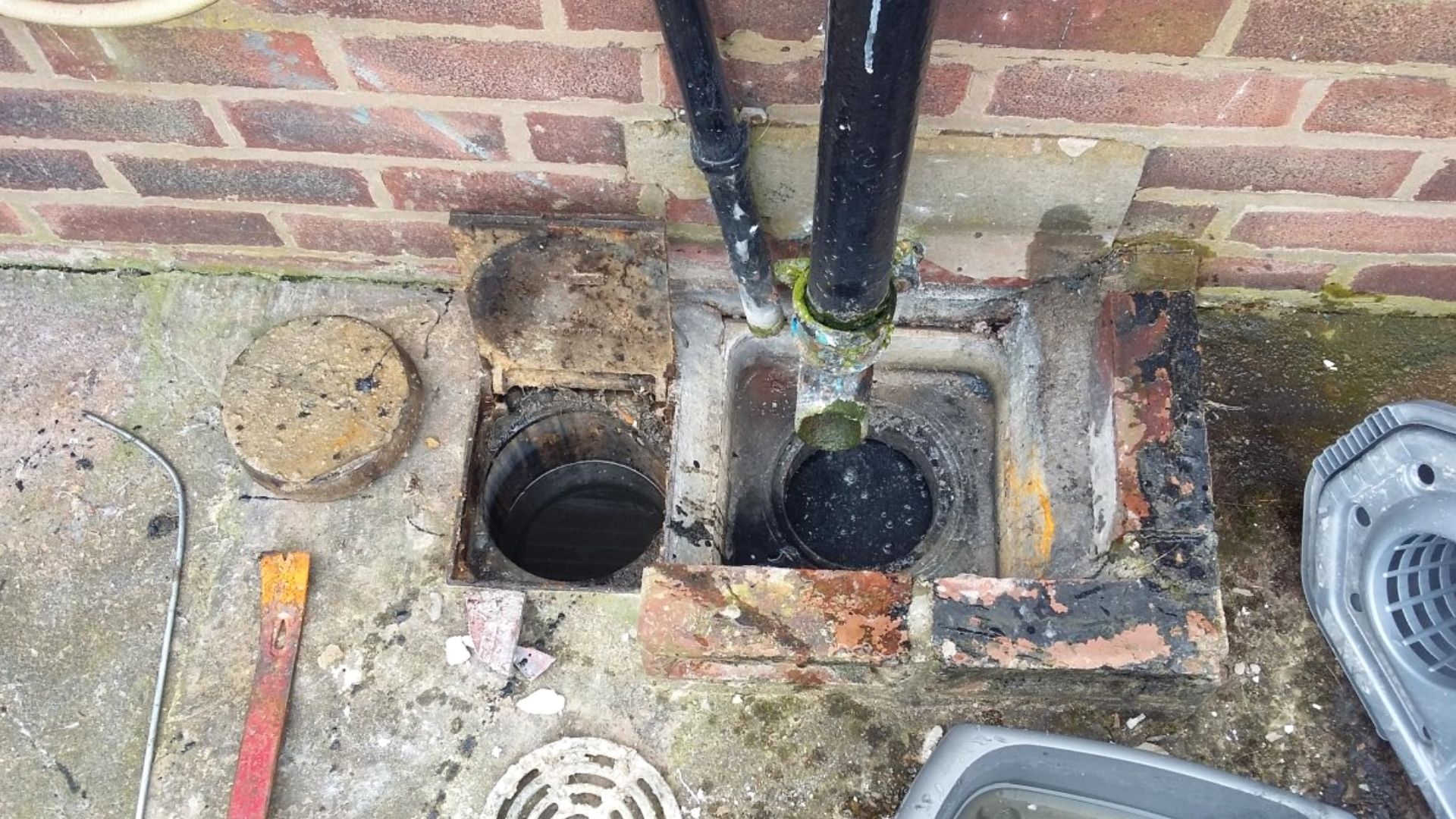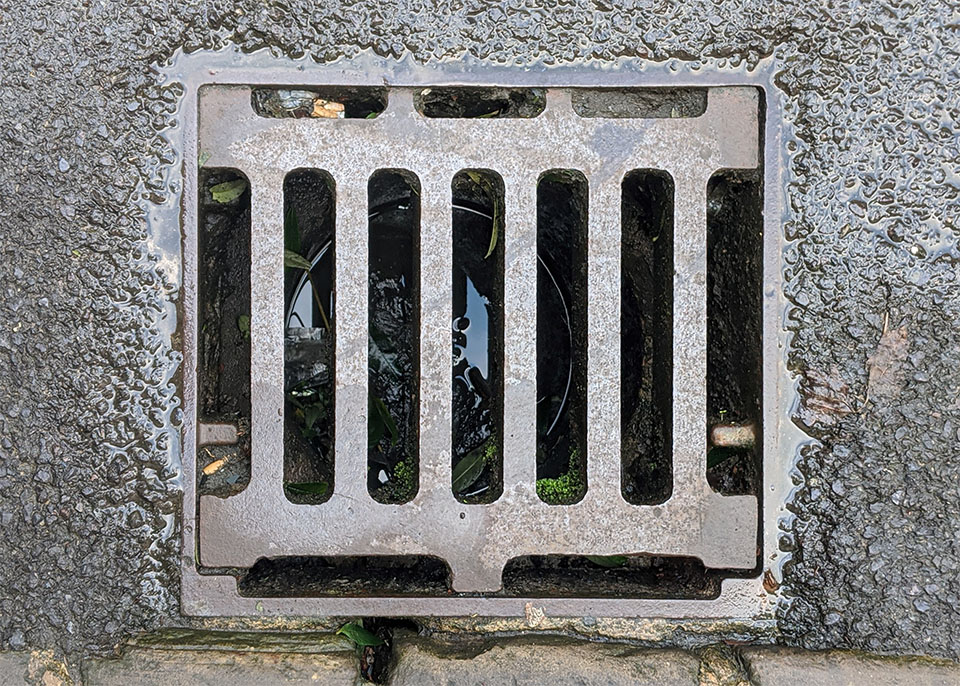In this article in the next paragraphs you will discover lots of amazing ideas about Some easy tips to fix blocked drains.

Introduction
Dealing with a blocked drain can be a discouraging experience, interrupting day-to-day activities and potentially triggering damages to your residential property. Nonetheless, before reaching out to plumbing professionals, there are steps you can take to resolve the problem yourself. In this overview, we'll check out do it yourself remedies and safety nets to tackle a blocked drain properly.
Determining the Issue
The very first step in dealing with a blocked drainpipe is acknowledging the indicators. Slow drain, gurgling noises, foul odors emanating from drains pipes, or water backing up are common indicators of an obstructed drainpipe. Identifying these indications early can help protect against additionally complications.
Selecting the Right Plumbing Service
When choosing a plumbing service, take into consideration factors such as experience, licensing, and customer evaluations. Pick a respectable plumbing technician with a record of quality workmanship and transparent pricing techniques.
Expense Factors to consider
The price of expert drainpipe cleaning services can vary depending upon the seriousness of the blockage and the plumbing technician's rates. Demand quotes from numerous carriers and inquire about any type of additional charges to ensure transparency and avoid surprises.
Safety and security Measures
When trying DIY drain cleaning, prioritize security. Put on protective gloves and glasses to prevent contact with harmful chemicals or bacteria. Never ever blend various drainpipe cleaning products, as this can generate hazardous fumes.
Case Researches
Real-life examples illustrate the performance of do it yourself solutions and the relevance of timely expert intervention in resolving drain clogs.
Common Causes of Blocked Drainpipes
Understanding the elements that add to drain blockages is crucial for efficient resolution. Common offenders include hair, soap scum, oil, food debris, and foreign objects like sanitary items or paper towels. Tree roots invading underground pipelines can also cause considerable clogs.
Do it yourself Solutions
For small obstructions, several do it yourself remedies can be reliable. Putting boiling thin down the drain can help dissolve oil and particles. Baking soda and vinegar or a mix of salt and baking soft drink can act as natural cleaners. Making use of a bettor or pipes serpent to remove obstructions is another option.
Tools and Devices
Having the right devices accessible can make DIY drain cleansing a lot more efficient. A plunger is a functional device for removing clogs in sinks, commodes, and showers. A plumbing serpent or auger can reach much deeper clogs, while drain cleaning chemicals can be used meticulously for persistent clogs.
Preventive Measures
To avoid future obstructions, adopting safety nets is essential. Install drainpipe guards or strainers to catch hair and debris before they get in the pipes. Routinely flush drains with warm water to liquify grease accumulation, and avoid getting rid of grease or strong waste away.
When to Call a Professional
While do it yourself options can deal with minor obstructions, certain indications show the requirement for specialist aid. Persistent blockages, foul odors despite cleaning initiatives, or several drains pipes backing up simultaneously are warnings that warrant experienced treatment.
Conclusion
By adhering to the ideas detailed in this overview, you can effectively take on blocked drains and prevent future plumbing issues. Whether opting for do it yourself remedies or seeking specialist support, prompt action is crucial to maintaining a healthy and balanced pipes system and preserving the honesty of your home.
How to Clear a Clogged Drain Yourself (And When to Call In the Professionals)
What Can Clog a Drain
Dirt Skin flakes Hair Grease Soap scum Food Offset pipes Tree roots Small objects Mineral buildup DIY Tricks to Unclog a Drain
You can fix this! Once you have identified the source of the clog (or have a vague idea), you can try one or a combination of these fixes in order to clear your plumbing.
Wire Hanger or Snake
Untangle and clear out hair from a drainpipe with a homemade snake. Use a straightened-out wire hanger with a 90-degree angle hook to locate the clog and drag out any unwanted material.
Remember not to push the clog further down to where the wire hanger cannot reach! If you need to follow up with a plunger, give it a try. Your efforts might be more successful after it’s been wire-snaked.
If you want to get fancy and don’t have a wire hanger to spare, head to the store and pick up a hand-operated drain snake. You can get one for $10-$30. It may save you the hassle, and provide additional length to reach deep into the clogged pipe.
Plunger
A cup plunger has a suction cup attached to a wooden handle. The rubber creates a seal around the drain, and increases the pressure force of the plunger.
Plunge for 30-second increments to loosen the clog. This may need to be repeated over the course of 15-20 minutes. Once plunged, run the water to flush the remaining material out of the drain.
Remember– never use a plunger if you have used a chemical drain cleaner. These chemicals can splash up from the force of the plunger and cause serious injury or burns.
Boiling Water
Hot water can sometimes break up materials into a flushable amount. Dirt, grease, and soap buildup requires heat in order to unstick from surfaces.
Take your kitchen kettle and heat your water to a boil. Once it reaches a rolling boil, pour it directly down the drain into the blockage. Carefully follow with plunging, if necessary.
Don’t worry if this takes more than one try! It can often take multiple kettles and repeated plunging in order to clear a particularly stubborn clog.
Chemical Drain Cleaner
As a last resort, pick up a bottle of chemical drain cleaner. Drain-cleaning chemicals are potent, and not very good for the environment.
You may need to wear protective eyewear in gloves before handling your bottle of chemical drain cleaner. Follow the instructions printed on the bottle, and flush with water as soon as the instructions allow. Do not follow with plunging.
Baking Soda and Vinegar
As a safer alternative to chemical drain cleaner, baking soda and vinegar can create a chemical reaction that clears tough clogs.
Combine one cup of cleaning vinegar with one cup of boiling water, and set aside. Once you have done this, pour half a cup of baking soda down the drain. Give the baking thirty seconds to settle and cover a large portion of the problem drain.
Following the baking soda, pour down your vinegar and hot water solution. Once the vinegar and baking soda combine, the mixture will bubble and fix. Let this reaction fizzle in the drain for about an hour.
After an hour, follow with a kettle’s worth of hot water. The heat and liquid should flush out any remaining material.
When to Call a Plumber
If your DIY attempts haven’t cleared your clog drain, it’s time to call in a professional. It’s not worth losing access to your kitchen sink or high-traffic bathroom. A clog in a vital area can keep you from the things you’d rather be doing, and derail your routine.
Anytime a clog is causing water to spread is a time to call in a plumbing service. What starts out as a little bit of water can quickly grow into serious, expensive water damage.
Additionally, a serious clog can result in burst pipes or serious leaks. Make sure you know when to take it seriously!
https://myguysnow.com/how-to-clear-a-clogged-drain-yourself-and-when-to-call-in-the-professionals/

I'm just very fascinated with What I learned from trying to deal with a clogged drain and I hope you enjoyed our post. Sharing is nice. Helping others is fun. I cherish reading our article about How to handle a clogged drain in your home.
Call Today